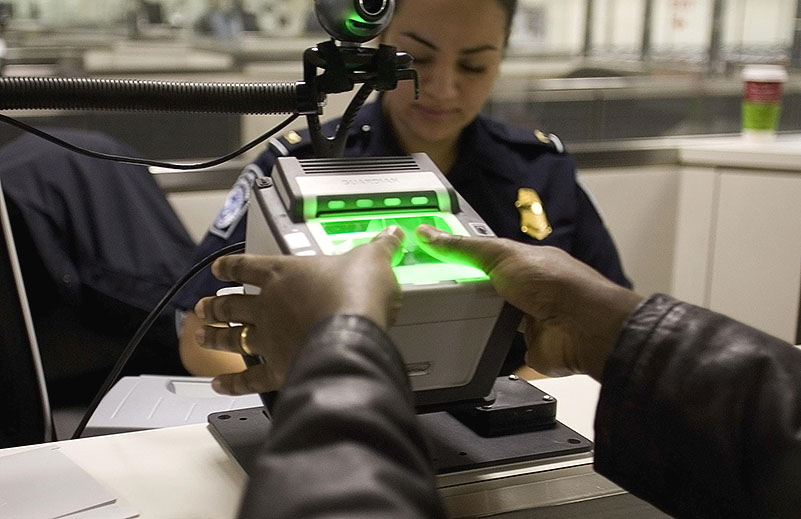A pattern of fraud is apparent across Zelle (a United States–based digital payments network), according to the New York Times. In response, various banks say there is nothing to be done once customers have authorized the transfer of funds from their account.
In one example of fraud, a customer had a thief steal his phone and abuse his digital wallet, making charges to his credit card, withdrawing cash from an ATM. The affected accounts were held at Bank of America (which refunded all but the Zelle transfers).
One of the responses to this is visible in the actions of consumers of such peer-to-peer payments apps as they look for solutions to end the cycle of theft on these platforms. One of the solutions is to exit from such apps altogether.
According to Krebs, Zelle introduced out-of-band authentication with transaction details in order to combat such fraud tactics. This involves sending the member a text containing the details of a Zelle transfer that is initiated by the member. The safeguard is where the member must authorize the transfer by replying to the text.
Looking into the current issues and vulnerabilities for Digital Journal is Jesse Franklin, SVP of US & Canada Incode.
Franklin explains the situation as: “Popular payment apps like Zelle have become easy fodder for con artists looking to scam consumers out of their hard-earned money, and the recent surge in cases confirms it is only going to get worse.”
There are measures that financial institutions should be implementing in order to protect their customers from fraudulent transactions, Franklin recommends. He suggests measures include “implementing biometric technology across several points of interaction, including for both the sender and receiver of funds.”
Franklin sees digital technology as the key to compliance. He adds that: “This technology is imperative to recognizing recurring bad actors and in squashing attempts to seize funds fraudulently from consumer accounts.”
This has also become more robust as technology has advanced. Franklin notes how: “The technology has evolved to a point where it is accessible to any enterprise and should be widely adopted, particularly as it now adds minimum friction to the process and dramatically increases protection.”
Franklin foresees biometrics as the future of fraud avoidance, predicting: “Going forward, all social and business platforms need to employ biometric technology to safeguard the finances of consumers and businesses.”














